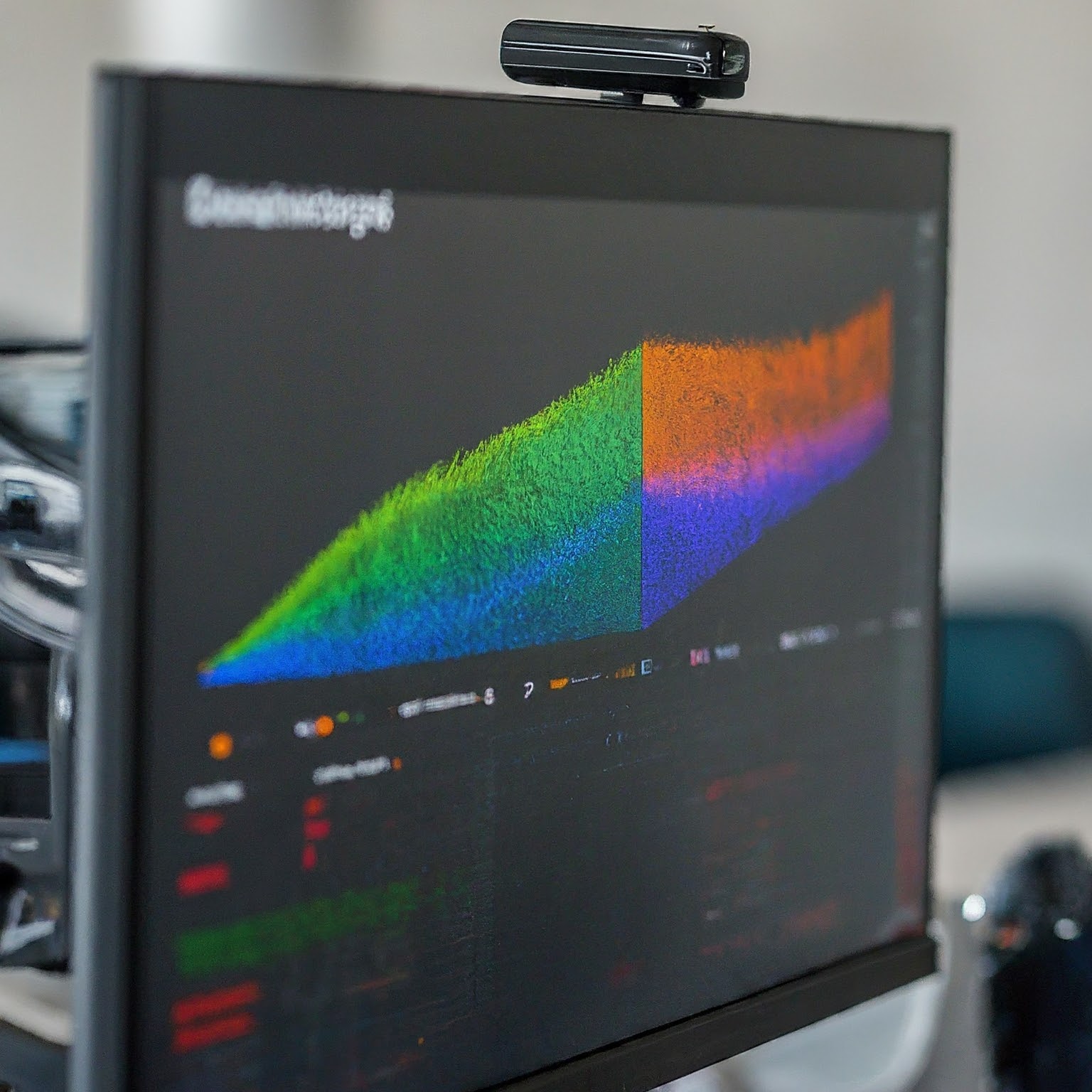Introduction
For data scientists and machine learning engineers, debugging complex AI models can be a frustrating and time-consuming process. Sifting through lines of code, identifying hidden biases, and optimizing performance are just a few of the challenges that can slow down progress. But fear not, a new free tool from Google is here to empower you! In this article, we’ll delve into the exciting features of Google’s latest AI debugging powerhouse and explore how it can revolutionize your approach to machine learning development.
Unveiling the Powerhouse: Key Features and Benefits
Google’s free AI debugging tool promises to be a game-changer for data scientists and engineers. Here’s a breakdown of some of its key features and the benefits they offer:
1. Explainability Tools:
- Visualizations: Gain deeper insights into your model’s inner workings through interactive visualizations that highlight decision-making processes.
- Feature Importance Analysis: Identify the most influential features impacting your model’s predictions, allowing for targeted adjustments.
Benefits:
- Improved Model Transparency: Understand why your model makes certain predictions, leading to more trust and reliability.
- Efficient Debugging: Pinpoint root causes of errors faster by analyzing the impact of specific features and decisions.
2. Error Detection and Analysis:
- Automated Error Identification: The tool can automatically detect common errors and anomalies in your model’s training data and code.
- Root Cause Analysis: Receive guidance on the potential causes of errors, expediting the debugging process.
Benefits:
- Reduced Debugging Time: Save valuable time by leveraging automated error detection and analysis.
- Enhanced Model Performance: Address errors effectively, leading to more accurate and reliable models.

3. Debugging Workflow Optimization:
- Interactive Debugging Environment: The tool provides an interactive environment for debugging, allowing you to step through your model’s execution and inspect variables.
- Version Control Integration: Easily track changes made to your model and code, facilitating collaboration and rollbacks if necessary.
Benefits:
- Streamlined Debugging Process: Work efficiently with a dedicated debugging environment and version control integration.
- Improved Collaboration: Facilitate teamwork by enabling clear tracking of changes made to the model.
A Side-by-Side Look: Comparing Debugging Methods
Traditional Debugging vs. Google’s AI Debugging Tool
| Feature | Traditional Debugging | Google’s AI Debugging Tool |
|---|---|---|
| Explainability | Limited visibility into model decisions | Interactive visualizations, feature importance analysis |
| Error Detection | Manual process, prone to human error | Automated error identification, root cause analysis |
| Workflow | Time-consuming, error-prone | Interactive environment, version control integration |
The table above highlights the clear advantages of Google’s AI Debugging Tool. By automating tasks, providing visual insights, and streamlining the workflow, this free resource empowers data scientists and engineers to focus on what matters most: building exceptional AI models.
Conclusion: A New Era for AI Development
Google’s free AI debugging tool marks a significant step forward for data scientists and machine learning engineers. By offering powerful features like explainability tools, error detection, and workflow optimization, this resource has the potential to revolutionize the way we approach AI development. With less time spent debugging and more time dedicated to innovation, the possibilities for groundbreaking advancements in the field of AI are truly exciting.
I hope this article has given you a valuable overview of Google’s new AI debugging tool. Are you eager to try it out and see how it can transform your machine learning projects?




